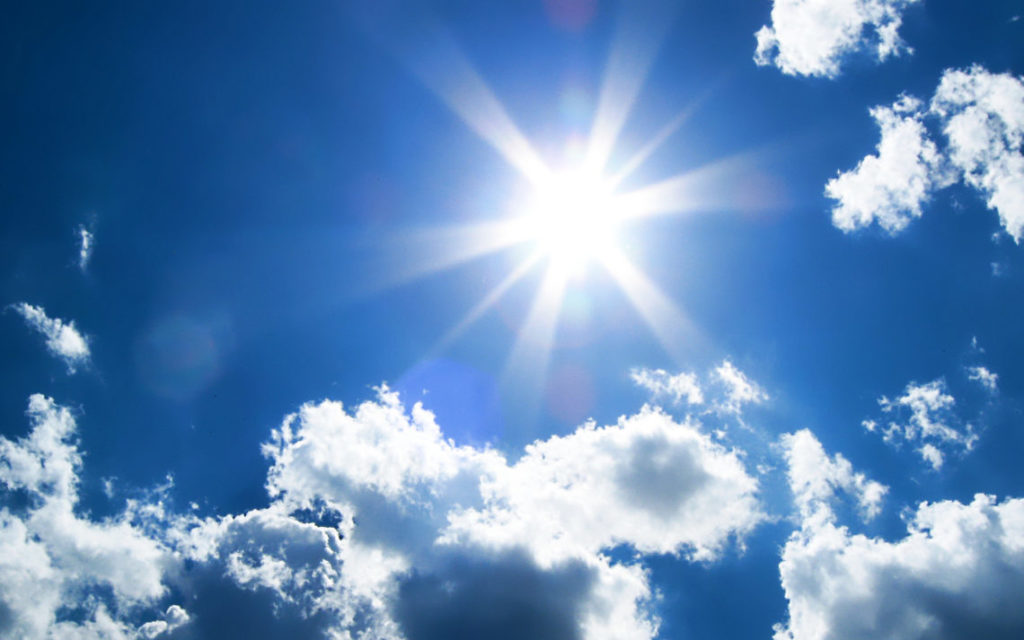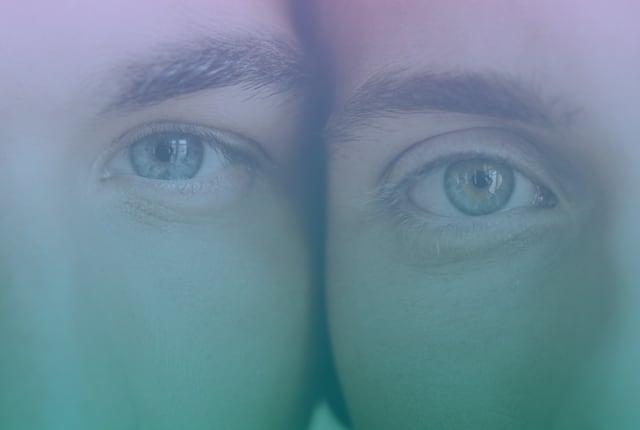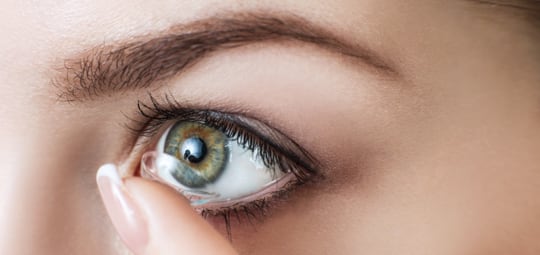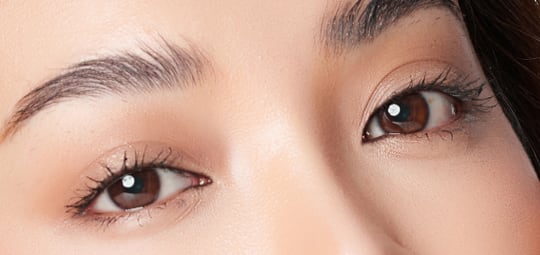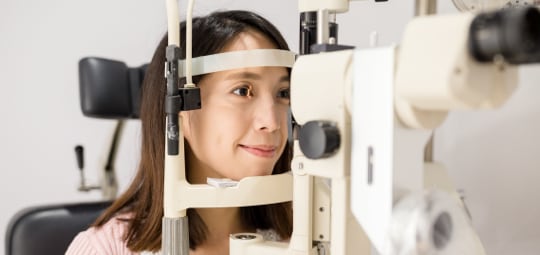Whenever you’re out enjoying the sunshine, it’s crucial you wear sunglasses. Many people are aware of the harmful effects of UV radiation on the skin, however, very few realize the dangerous effects it can have on our eyes.
There are different types of UV radiation; the 2 types that predominantly affect our eyes are UV-A and UV-B, both of which can have short term, as well as long term effects.
Being exposed to large quantities of UV radiation in a short period of time can cause a condition called photokeratitis, sometimes referred to as a “sunburn” of the eye. This condition is extremely painful and can cause symptoms such as redness of the eyes, excessive tearing, light sensitivity, and a burning/gritty sensation. More often than not it is caused by artificial exposure to UV light, such as during welding, when the eyes are not properly protected, but it can also occur with direct exposure to intense sunlight.
Longer term effects of unprotected UV exposure are the increased risk of developing macular degeneration and cataracts or their occurrence at an earlier age.
There are many way to ensure protection of our eyes from harmful UV rays. Wearing sunglasses that block out 99- 100% UVA and UVB is a good way to start. Many eye care specialists recommend wearing wrap-around styles that block rays from getting around the frame.
Another good idea would be to wear a hat with a wide brim if you know that you’re going to be in the sun for a long time. Additionally, certain contact lenses also provide some UV protection as well.
Kids need UV protection more than adults do! Children are actually more susceptible to retinal damage caused by UV radiation, because the lens inside their eye is clearer than an adults’ lens, making it easier for more UV to penetrate deep into the eyes and cause damage to it’s internal parts.
Common Misconceptions:
The amount of UV protection is related to how dark sunglasses are.
This is not true. A very light colored lens can have 100% UV protection and vice versa, a dark lens can have little to no UV protection.
There is less UV radiation emitted on an overcast, cloudy day.
this is also not true. UV rays are invisible and can easily penetrate clouds, so it’s extremely important to wear sunglasses outdoors on these days as well!
Sunglasses are not necessary in the winter.
The exact opposite is true. Fresh snow can reflect 80% of UV rays, nearly doubling your exposure to solar UV radiation, especially if you enjoy skiing or snowboarding. Choosing proper ski goggles is very important!
If I wear UV protected contact lenses I don’t need to wear sunglasses.
This is not true. A contact lens only covers the cornea. It does not cover the conjunctiva or any other portion of the eye and the surrounding eyelids. Wearing sunglasses is always important to wear when you’re using your contact lenses outdoors.


